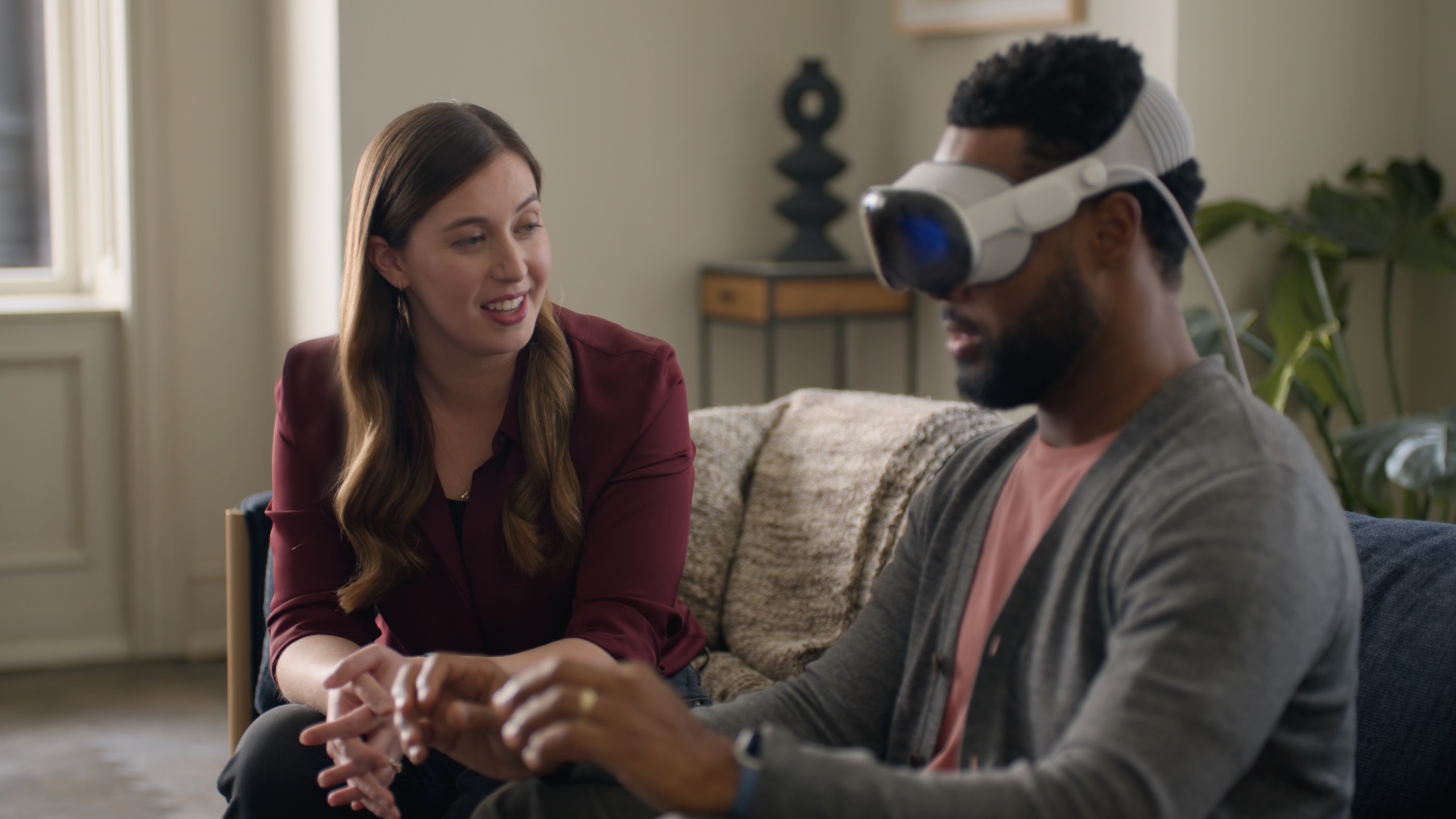
Apple's Vision Pro headset is going to go on sale on February 2 and that means that more people than ever before will be heading to its App Store to try and download their favorite apps. But recent days and weeks have seen the revelation that some of them might not be there.
Part of buying any new Apple hardware is downloading all of your apps, whether they are productivity, work, or gaming-oriented. Media streaming is another key category and it's there that the alarm bells first range with the news that Netflix wouldn't be in the Vision Pro App Store. We later learned that others would be missing as well, including YouTube and Spotify.
While the lack of Apple Vision Pro-specific apps might not be the end of the world for a lot of people, they'd still expect to be able to download and use the iPad versions instead. After all, the Vision Pro can run iPad apps in much the same way Apple Silicon Macs can run apps built for Apple's portable devices. But that requires developers to allow that to happen and a number seem not to be doing that. That includes the aforementioned companies and that's just the start. This begs the question — what will the state of the Vision Pro App Store be when February 2 rolls around and why is Apple struggling to convince developers that their apps should be there?
'A questionable experience'
While neither Netflix nor YouTube have been forthcoming as to their reasons, others have. Nebula, a video streaming service, suggests that it too won't be building a Vision Pro app, and what's more, subscribers shouldn't expect its iPad app to be available at launch, either.
Writing in a post on Reddit, Nebula CEO Dave Wiskus said "We can compile a new version of the app, using the new SDKs and the new version of Xcode, which enables the iPad version of the app to be used on a Vision Pro. But here's the thing: that sucks. I can't tell you how I know that without breaking an NDA, but I know that. It sucks."
Wiskus added more detail, saying that "apps designed specifically for touch don't translate directly to the Vision Pro's interaction model, and the ways in which they don't translate are kind of weird and unpredictable." He went on to say that he doesn't "don't blame anyone for not rushing to recompile their app to enable a questionable experience on a device they don't have access to for testing." Wiskus followed that up by adding that "the short answer is that I’m not comfortable allowing an experience we haven’t been able to put through QA."
The comment on a lack of testing is interesting considering Apple's Vision Pro developer program has been running for months, and a Vision Pro simulator is available as part of the Xcode IDE. But putting that aside, it sounds like Apple's own native video player will offer a better experience regardless. "Even beyond that, we don't use the native iOS player, and the native iOS player has a number of distinct advantages on VisionOS, meaning the experience you'll get from Nebula in Safari is genuinely and significantly better than what our iPad app would give you on that device," Wiskus added.
An availability problem
The lack of physical Vision Pro test units for developers is undoubtedly a problem despite the presence of a Mac-based simulator. But even when the headset is available to all, it might not be an attractive proposition for developers. Assuming work is needed to make even the iPad app work well on the Vision Pro, is the market big enough to warrant it? Sales of the $3,499 Vision Pro are expected to be low, so how much work should developers put into something with such a small installed user base?
That's a question only the developers can answer right now, but the equation might well change in the future. With a cheaper Vision Pro tipped we could one day see a change in stance among companies who have previously ignored it. Whether or not they'll wish they'd gotten a head start by working on their apps earlier remains to be seen.







